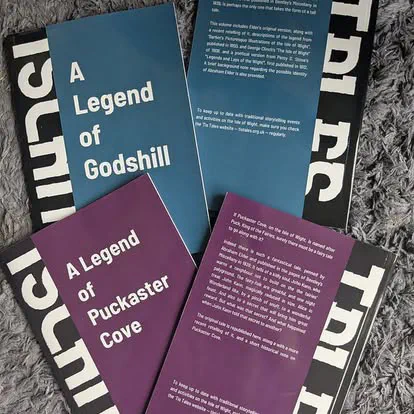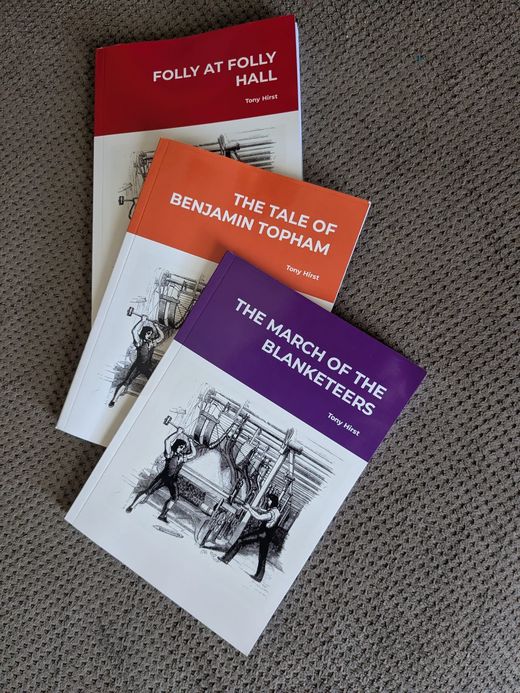Storynotes FAQ
Some quick answers to common questions about storynotes…
Whenever I research a story, I dig into the oarchives, typically starting with the Internet Archive (archive.org), to search for old variants of the tale. I then grab transcripts of the tales, and collate them with a few personal observational notes within a single document. My favourite telling, perhaps combined with elements from other versions, then provides the basis for my own telling.
In many storynotes, I often also provide a summary of the tale — enough to remind me how to tell it — or a draft of a possible telling (written as if spoken / orally collected, rather than written for the page as a short story might be).
For some tales, such as Isle of Wight Tales, the storynote may have a simpler form, such as an original telling (e.g. as taken from Abraham Elder’s Tales and Legends of the Isle of Wight, some local historical context that is typically taken from 18th or 19th century travel guides contemporaneous with when the tale was collected or published), and my own version, again written as if orally collected rather than written for the page.
My historical storynotes are typical deep dives into contemporaneous news reports relating to a particular person or event, sequence “first draft of history” laid bare that tale the story as it may have been read by folk of the time. The reports are typically found via the subscription based British Newspaper Archive or the free National Library of Wales’ Welsh Newspapers Online service.
Historical storynotes may also include “50 years ago…” style reports, of events as remembered after the fact, but still from a time over a hundred years or so ago…
These notes may include large amounts of repeated text copied from one news report to the other. There are a couple of reasons for this:
- reports differ across newspapers: it’s often interesting to see which paragraphs are included in duplicated reports and which are not;
- errors or slight differences may occur in different versions, from minor typographical errors, such as the spelling of a name (which can help find other versions of the story…), or more sustantive errors of fact.
As I am not trying to produce a work of history — rather, I am trying to tell a story, or “that which is when when the facts are forgotten” — the errors, confusion, misunderstandings and variation all help feed into the tale I tell, as if it were found, perhaps, in the pubs and bars where folk are talking about events they have heard about, or read about in the newspaper…
Primarily, storynotes are written for me. But they may also be of interest to others:
- other storytellers, looking for a convenient source for multiple versions of the same tale;
- for listeners / audiences at my shows, who may want a souvenir, something to remember the show by, or who just want to give me a few pennies…
- journalism students or history buffs, looking for convenient sources of original newspaper reports on a particular topic;
- anyone who wants to be able to pick up a short (50-150 page) booklet at a reasonable price containing “snackable” content that can be dipped in to as and when you have five minutes to spare…
Currently, from me, if you send me an email. The plan is to have a few copies of relevant storynotes to hand whenever I do a show.
As my storynotes are printed on-demand (I can’t afford a long run either financially, or in terms of storage space!), if you want to guarantee picking up a particular copy at a show, you probably need to email me 3 weeks or so before so I have time to get some copies printed.
I am considering bundling a “get a storynotes booklet free” offer into ticket prices, although I don’t have a good sense, in fact, any sense, of whether that might be a viable thing to do.
Popping things up on Amazon, or another online retailer, is also a possibility…


